Edible and poisonous species of cobweb mushroom
The name cobweb refers to the genus of mushrooms of the same family. Among mushroom pickers, the popular name of the bog is quite common, which reflects the characteristics of the growth of the fungus. The mushroom got its main name due to the fact that at the junction of the stem and cap it has a kind of cobweb, which practically disappears as it grows older. Cobwebs grow mainly in deciduous or mixed forests, but certainly on very wet ground: both near the swamp and in lowlands and ravines.
These mushrooms are distributed almost everywhere in the temperate climatic zone of our country - from the European part and the Urals to Siberia and the Far East. Less often they can be found in the taiga, since most varieties do not like too shaded places.
Interesting that in appearance different types of cobwebs differ quite strongly, and novice mushroom pickers can mistake them for completely different families. There are fruiting bodies of both classical shape and mushrooms with spherical and conical caps. The surface can be both dry and mucous, with a smooth or scaly texture. The color of the hats is also quite diverse: yellow, orange, brown-red, burgundy and even white-violet.
Cobwebs grow singly, but more often - in families from 10 to 30 pieces. They should be looked for in the lowlands, and they are collected mainly at the end of summer and until the onset of the first autumn frosts (end of October in the European part of the country and the second half of September in Siberia).
Photo gallery
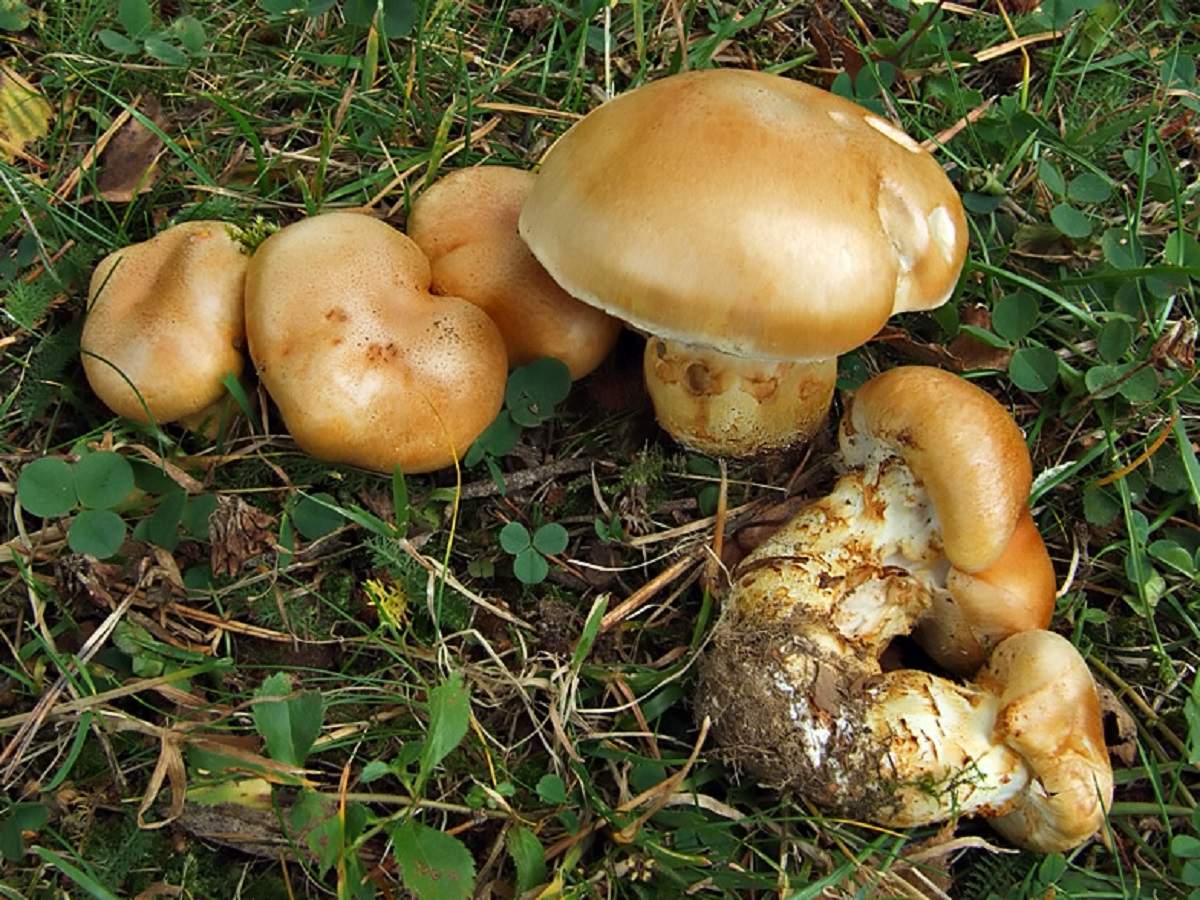
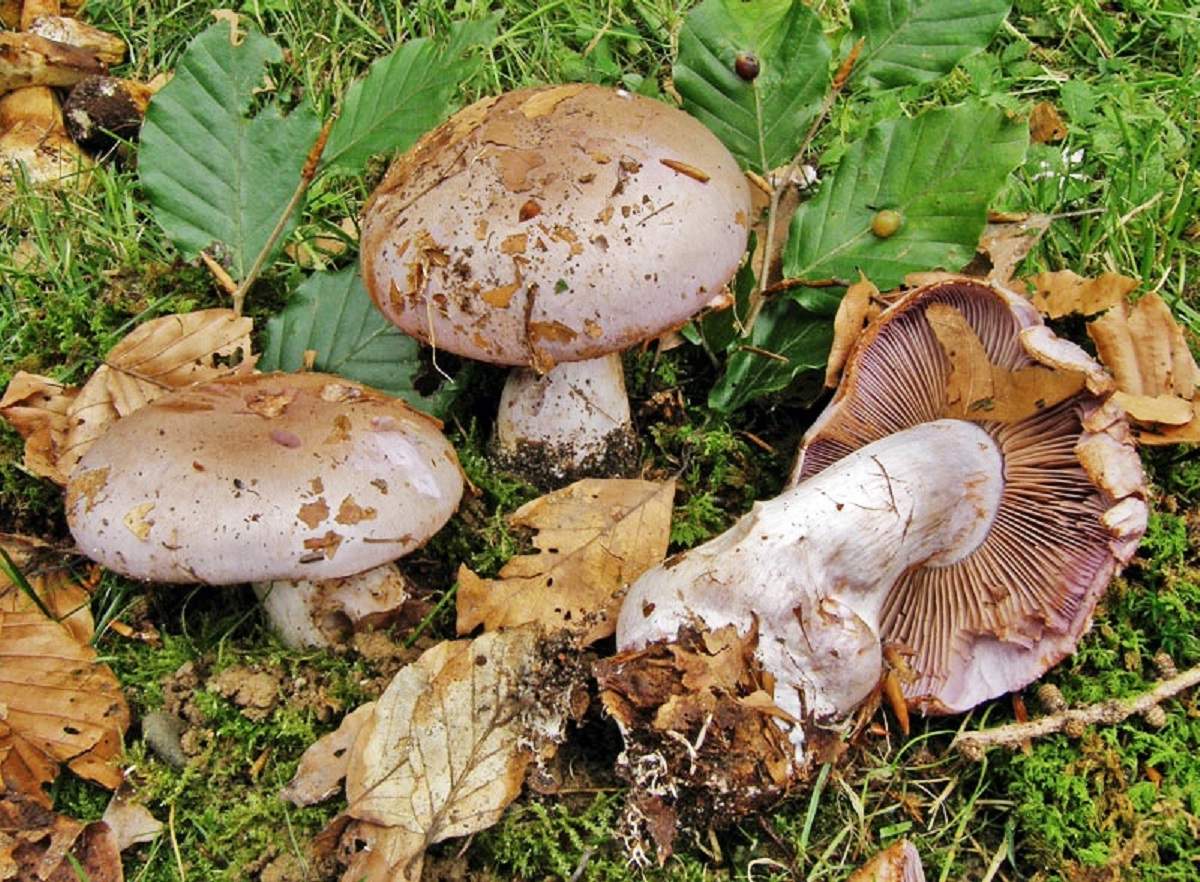
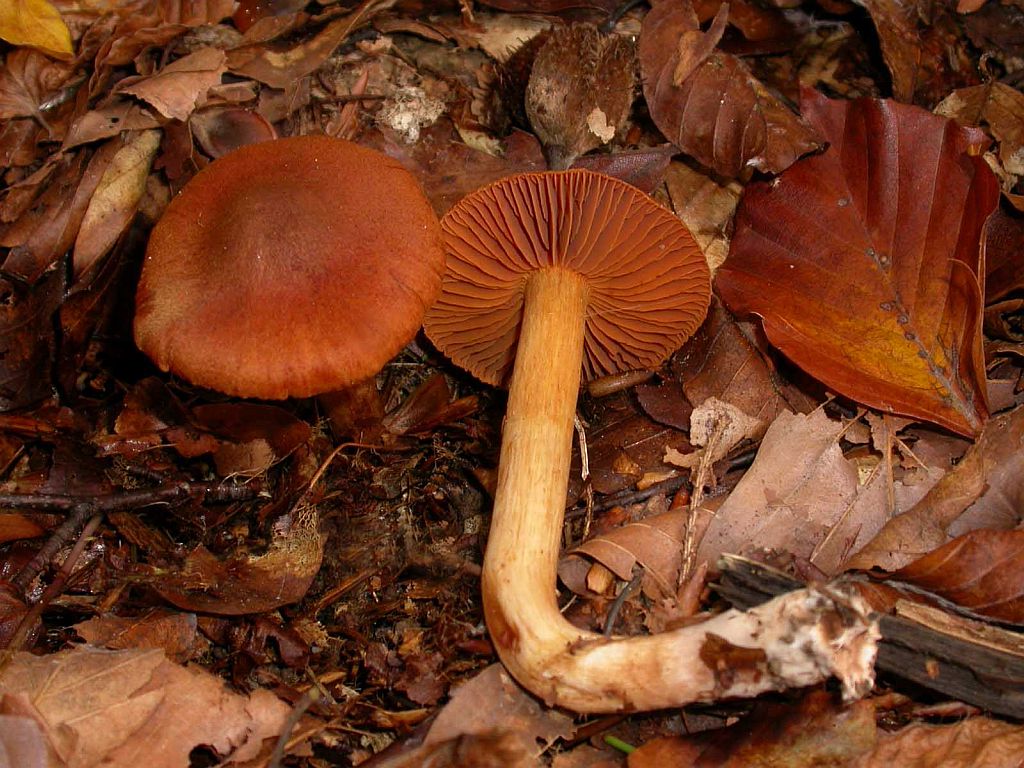
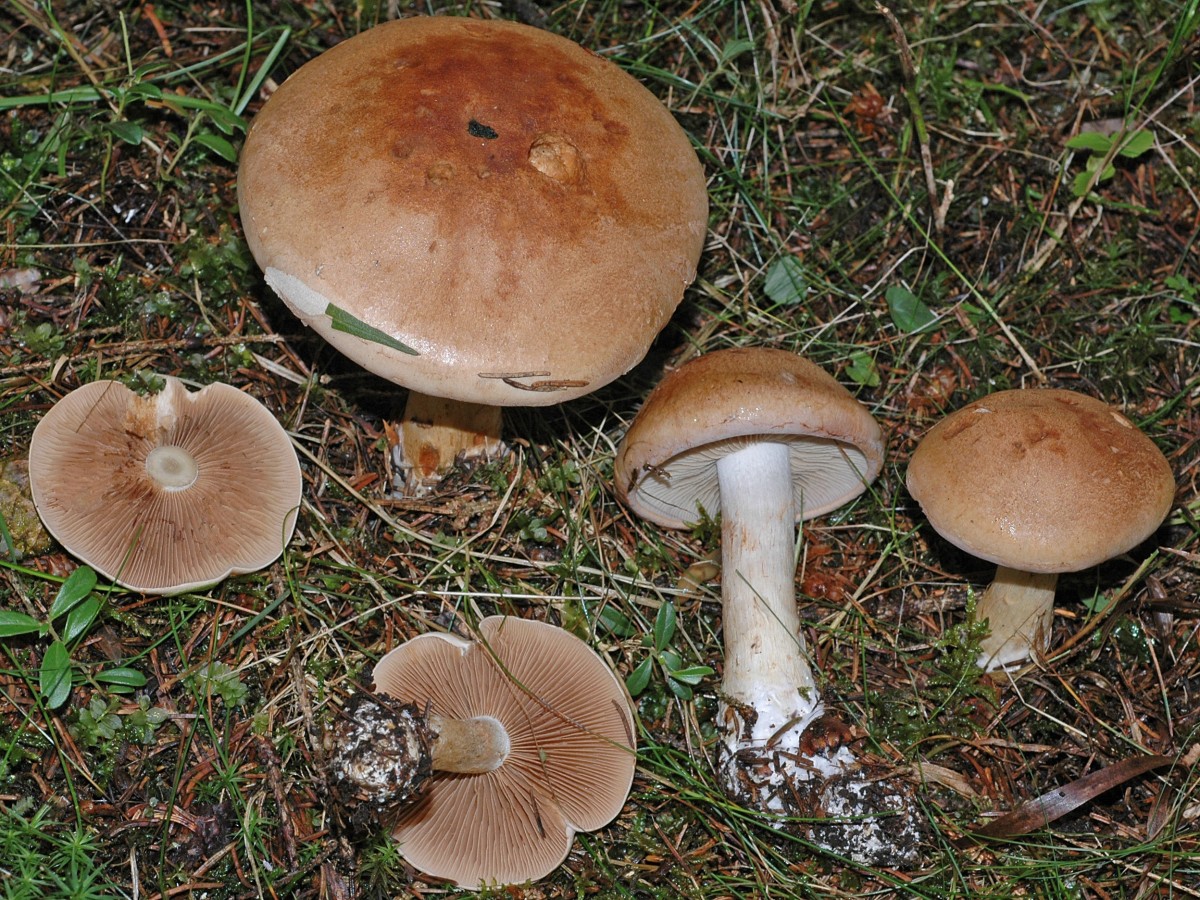
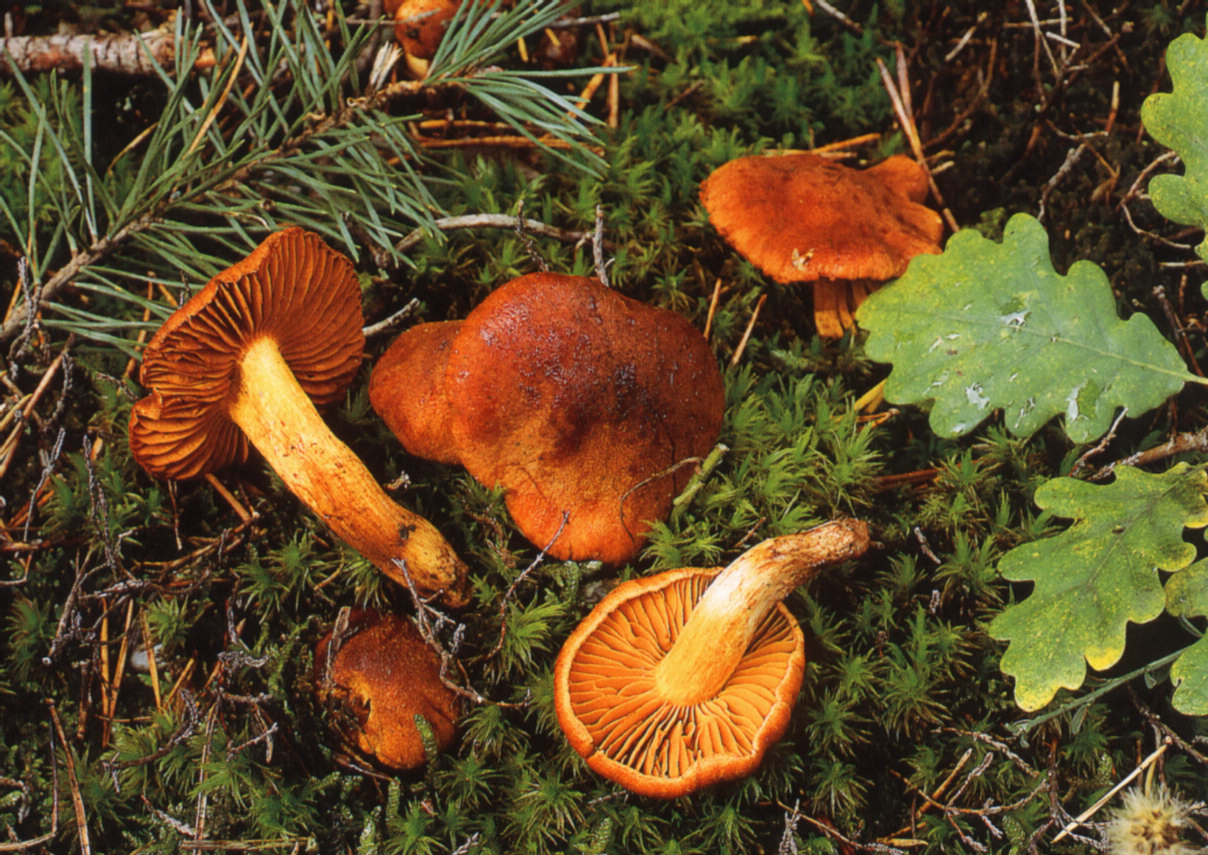
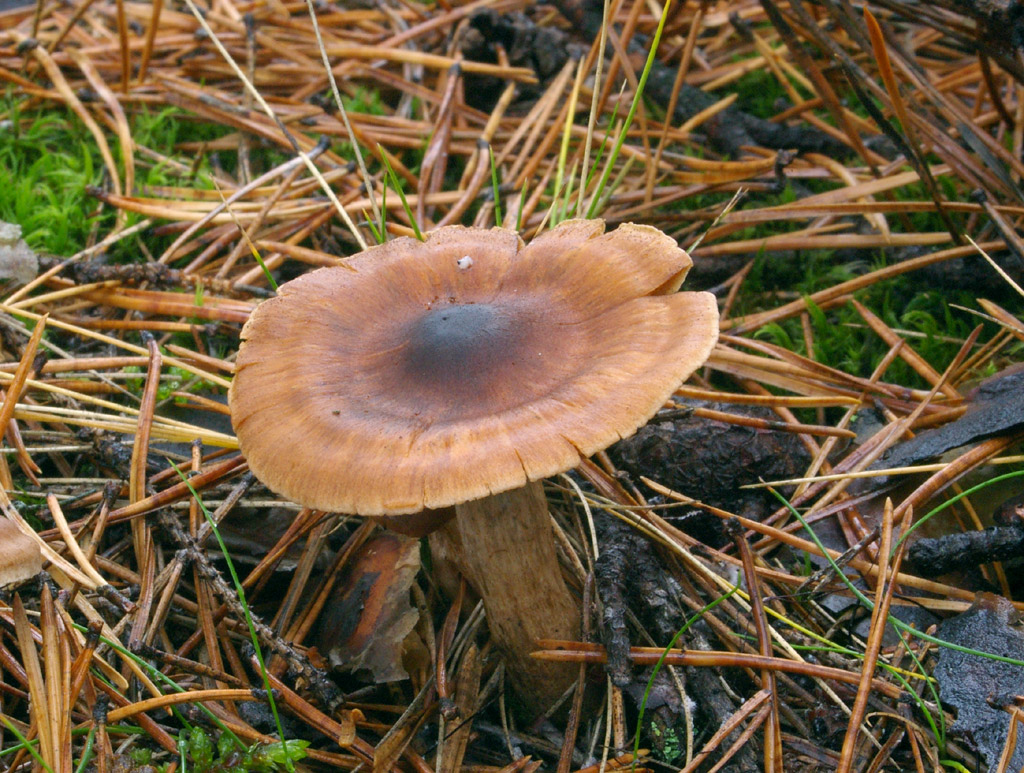
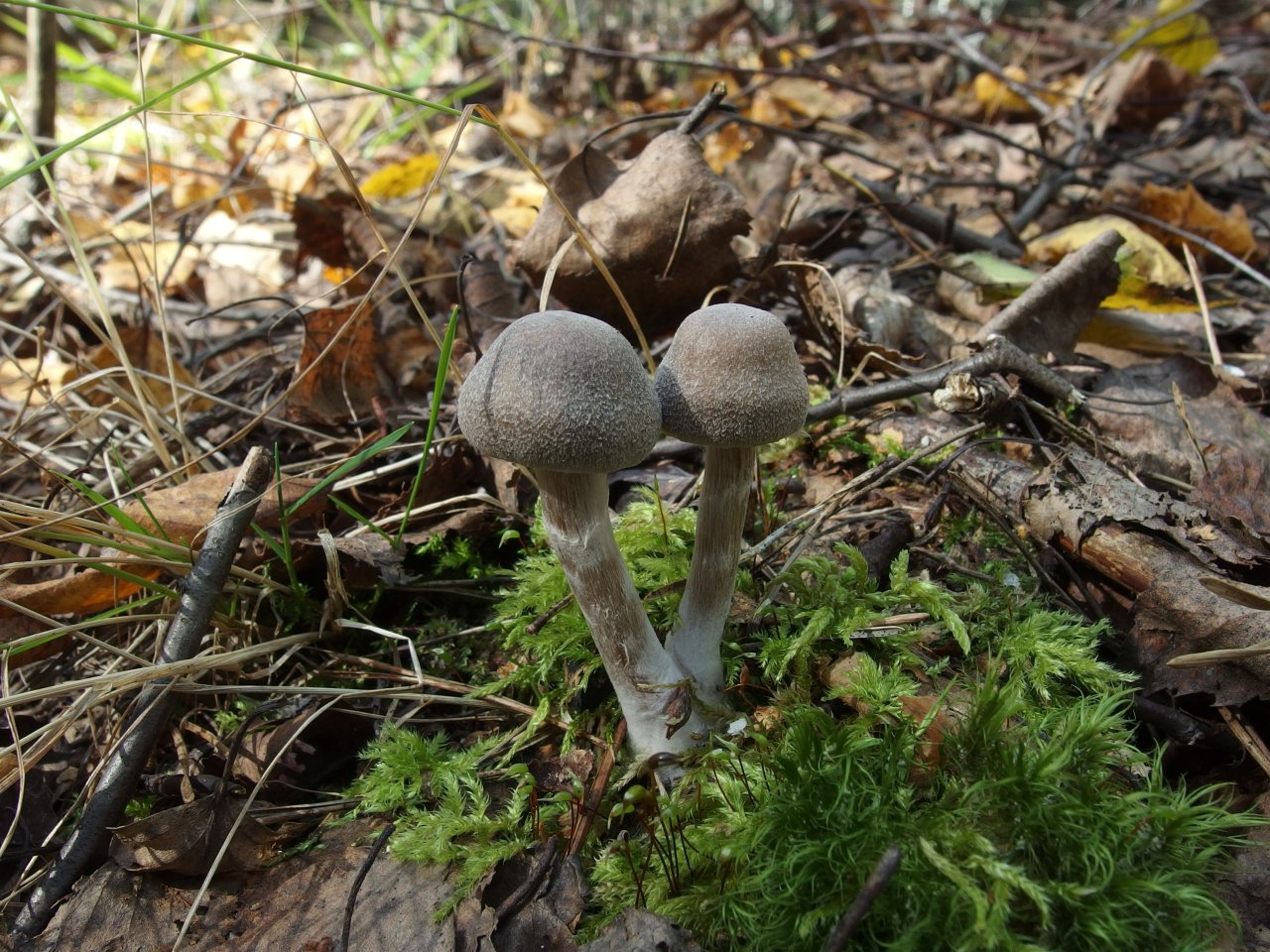
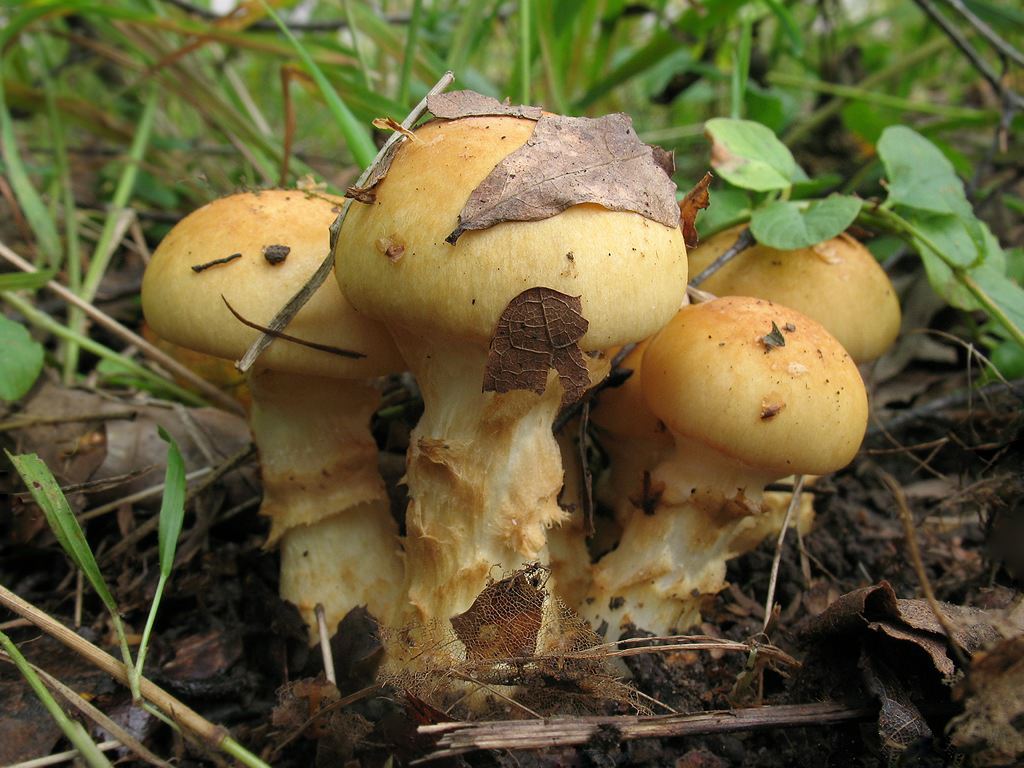
Nutritional value and palatability of cobweb
Some types of cobwebs belong to. In aroma, they are inferior to the classic representatives - white and many others, since they have practically no smell. Nevertheless, the taste of these representatives is quite pronounced. And given that many varieties are large (15-17 cm in diameter of the cap and up to 10 cm in height of the stem), mushroom pickers willingly collect them for cooking and conservation.
In addition, the cobweb, like many other mushrooms, mainly consists of water, and 100 g of live weight give no more than 30 kcal.
THIS IS INTERESTING
Some types of cobwebs, which have red and orange hues, are still used to make the corresponding dyes.
Where cobwebs grow (video)
Is the spiderweb mushroom edible
Different types of cobwebs are edible and inedible mushrooms. At the same time, 3 types are considered the most valuable in terms of taste:
- triumphal;
- bracelet;
- excellent.
The classification of different species depending on their edibility is shown in the table.
| yellow (triumphant) | edible |
| bangled |
|
| excellent |
|
| white-violet | conditionally edible |
| Orange |
|
| scarlet |
|
| volatile |
|
| Brown |
|
| smeared |
|
| horn-legged |
|
| red-olive | inedible |
| scaly |
|
| noble | poisonous |
| brilliant |
|
| most special | deadly dangerous! |
THIS IS INTERESTING
Antibiotics are extracted from it, so they are used as a drug with antibacterial and antiseptic effects.
Description of the types of cobweb
The Spider family includes several dozen species of mushrooms, and most of them grow in Russia. The most common are discussed below.
This representative is also called triumphal. It forms fairly large fruiting bodies with a cap diameter of up to 12 cm. Moreover, in young representatives, it resembles a sphere, and then becomes flat. In color - from yellow to brown tones.
The pulp of this species does not have a special smell and dries out rather quickly when broken.. On the other hand, this is the most popular representative of the family among mushroom pickers, since its taste qualities allow it to be used as the basis for first and second courses, as well as for pickling and pickling.
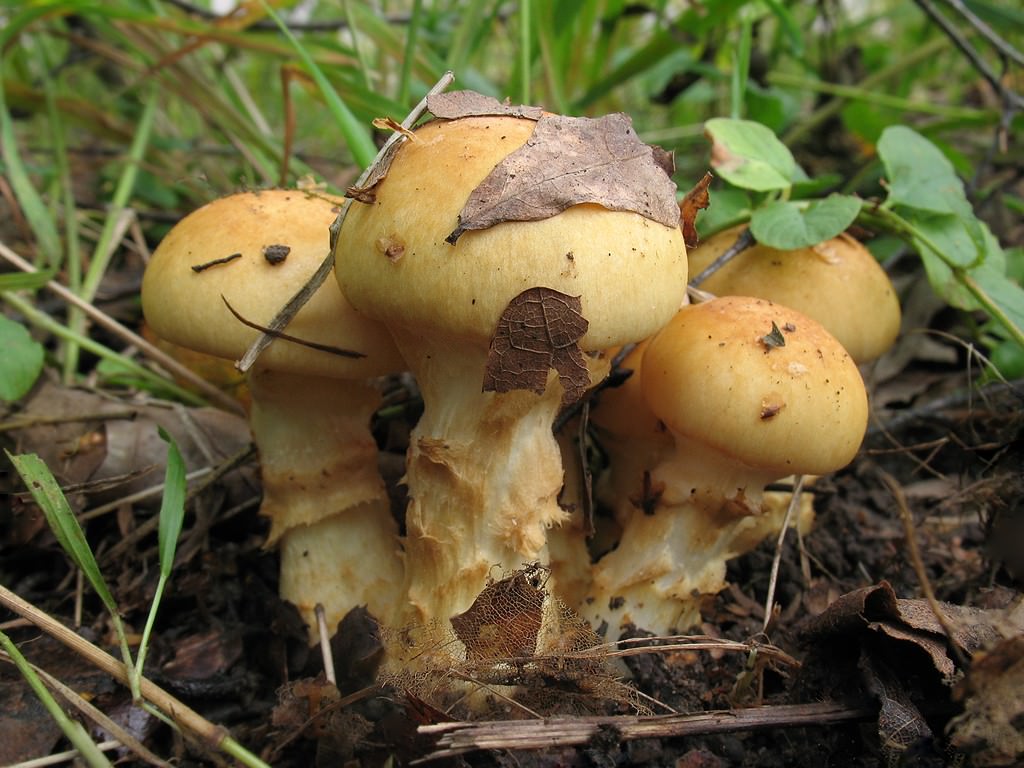
This representative is also called red. It has a classic shape - a spherical hat of orange, ruddy and reddish hues (about 10 cm in diameter). The leg is white, fleshy, and can grow to a considerable height (up to 20 cm).
The mushroom is completely edible, and besides, it has an undeniable advantage - closely related poisonous or deadly representatives do not look like it. However, among mushroom pickers it is not popular enough. Interestingly, it grows only under birches.
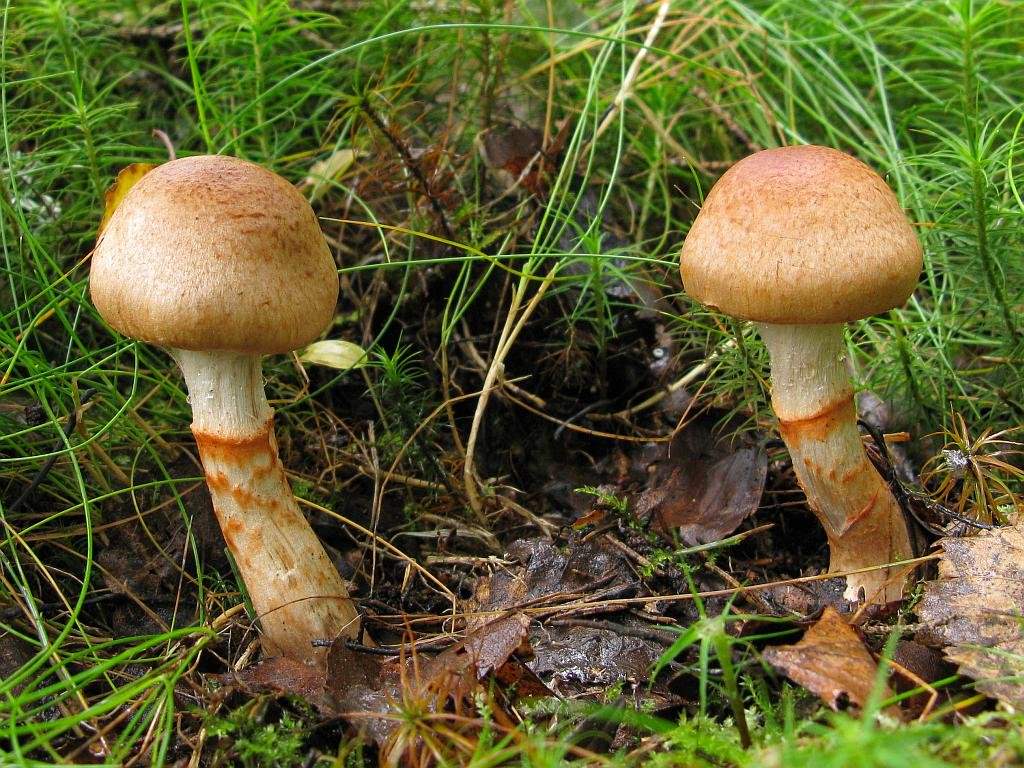
This is a rather rare species, which is mainly found in Central Europe, and in Russia, it is distributed only in the forests of Bashkiria. It almost always grows in large families, so mushroom pickers immediately collect large crops.
In appearance, it resembles real mushrooms from postcards: a large hat in the form of a hemisphere with rich brown, brown and burgundy hues, as well as a glossy surface (15-20 cm in diameter). The legs grow up to 14 cm in height, dense, fleshy, white.
THIS IS INTERESTING
In the Gossamer family, this species is considered the most valuable in terms of taste. However, it is extremely rare, therefore, in most European countries it is listed in the local Red Books.
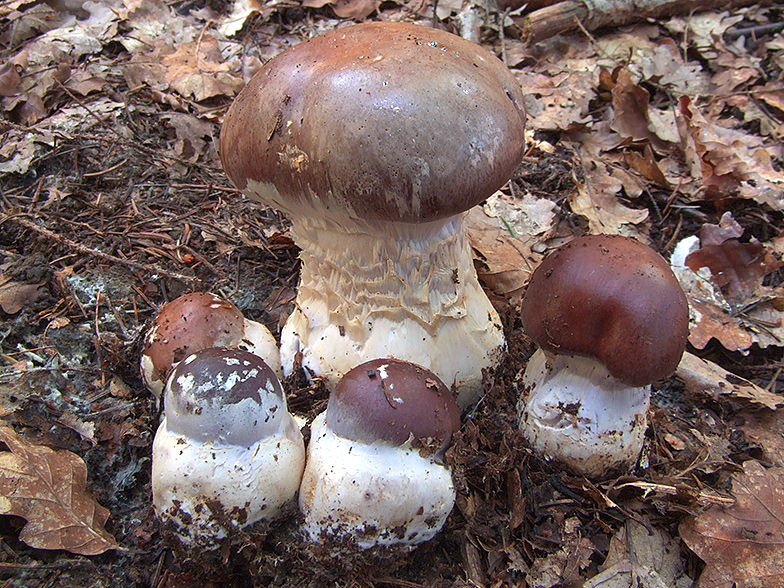
white purple
This is a conditionally edible representative, which does not have a special taste value, but nevertheless, it can be eaten without fear for health. Dimensions are not very large- the diameter of the cap is within 8 cm, the height of the leg is up to 10 cm. The color is rather atypical: from white to lilac and dirty shades. It mainly grows in groups of up to 10 mushrooms, occurs mainly in birch forests and oak forests.
NOTE
This variety is similar to the inedible goat's cobweb. The pale purple species is characterized by an unpleasant odor and a thinner, taller stem.
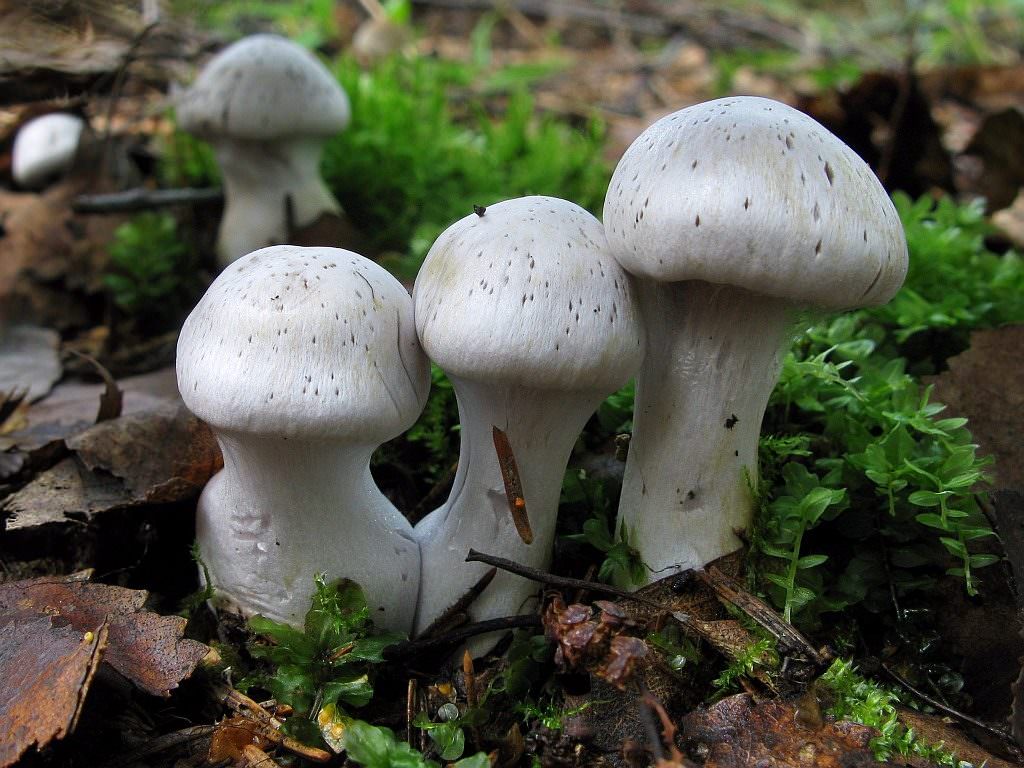
Scarlet
This species is also conditionally edible. It has a light brown rather large hat (up to 15 cm), which is practically spliced with a thick (1-1.5 cm in girth) leg. Interestingly, the flesh on the cut has a light blue tint, and quickly turns red in the air.
And one more interesting feature - despite the fact that the pulp of this variety has a fairly strong aroma (unlike most other species), it tastes neutral, therefore among mushroom pickers, this species is not very popular.
Red olive
Inedible species, the use of which can cause poisoning. The cap is up to 10-12 cm in diameter, the surface is mucous to the touch, spherical in shape.
The color of the leg is interesting - if it is purple on top, then it acquires red hues in the lower half. The pulp tastes extremely bitter, and on the cut, it has olive and purple hues, from which the species got its name.
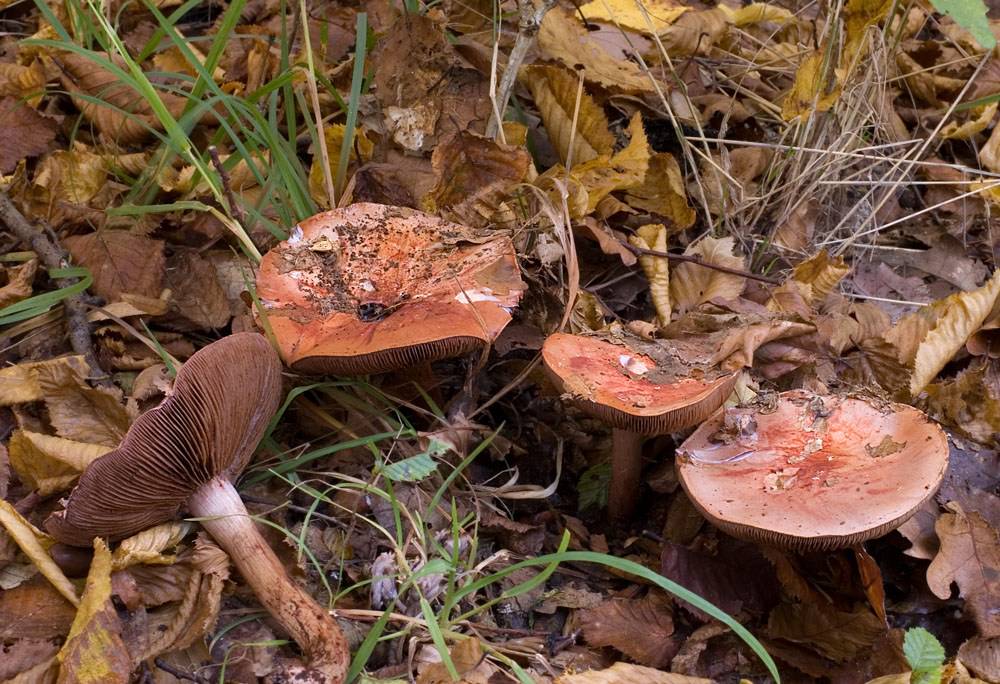
Brilliant
poisonous representative, the use of which is dangerous to health. It looks very beautiful - it has brown hats with a shiny surface. However, the pulp, even in a thermally processed form, calls for severe poisoning, and in large doses it can be fatal.
most special
This is the most dangerous representative, which is strictly forbidden to use even in small quantities. The color is light, creamy and yellowish. An interesting feature is that the pulp smells like a radish or raw potato. The hat reaches a diameter of 12 cm, the leg is up to 10 cm high.
In terms of toxicity, this mushroom practically coincides with, however, it is quite easy to identify it by the features of its appearance. In addition, none of the edible representatives of the Pautinnikove family and other families are similar to this species.




